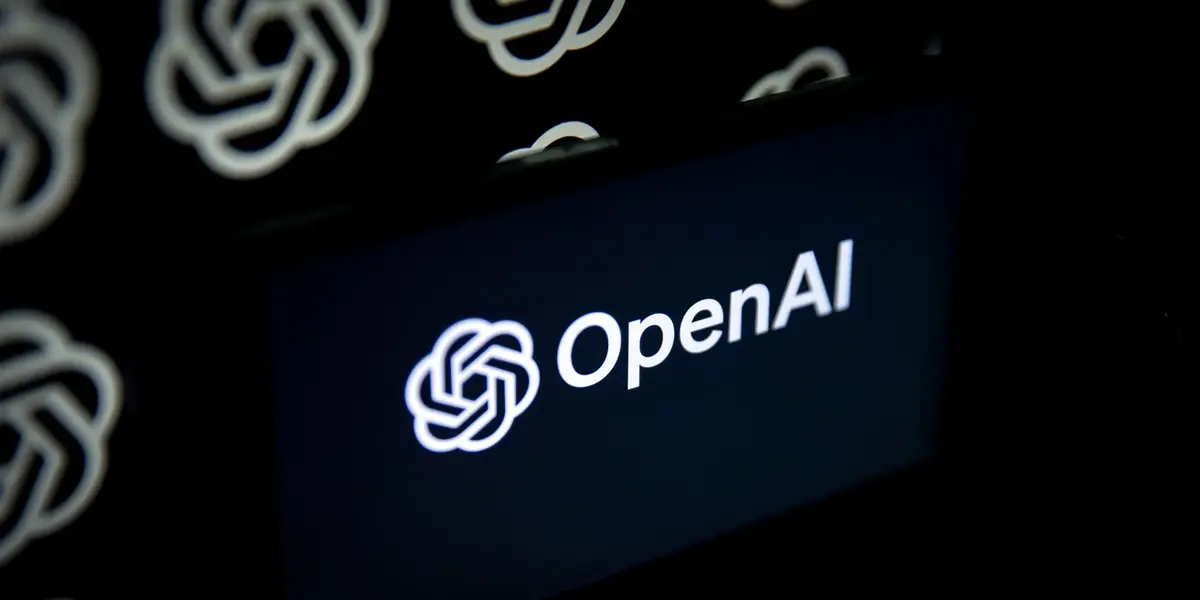OpenAI’s o3 model represents a major leap in AI scaling, surpassing other models in benchmarks like ARC-AGI and math tests.
The key to its performance lies in test-time scaling, which boosts computational usage during inference.
However, this improvement comes with a significant drawback: the high computational cost, exceeding $1,000 per task, making it impractical for everyday use.
While o3 offers groundbreaking advancements, it also underscores the need for more efficient AI chips and highlights the challenge of scaling AI without hitting cost barriers.
Future models may combine test-time scaling with traditional methods to achieve a balance between performance and affordability.
For now, institutions with deep pockets are likely to be the primary users of these high-cost models.
Despite its impressive capabilities, o3 still faces limitations, including hallucinations, and is not yet considered AGI.













